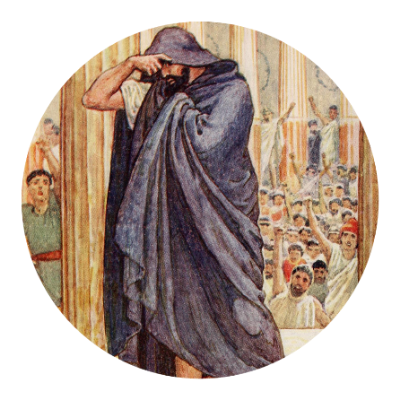I just found one of those old switch boxes a few days ago. The boxes where the antenna and the Atari plugged in, and then you switched it to whichever input you wanted.
A-B switch, had that on our Atari.
Yes. I think ours was a slider style switch. Maybe an extra switch that went from Channel 2 or 3?
I heard this picture.
I tasted it. :/
My fingernails felt it, I tell you what
I’d buy that for a dollar.
You can get it on AliExpress cheaper.
Is it Sega branded though?
Of course not. I just wanted to point out that it’s still made.
Oh man, that just gave me one HELL of a nostalgia hit.
Something I will never miss
Do you folks in Burgerland still have those two prongs that screw into the back of your TV? We’ve always used round coax here in the UK.
Always? I find it hard to believe that the very first TVs in the UK came with a coaxial antenna connection.
And of course we don’t still use them. This adapter is from the 1980s, when they were being phased out.
In the Netherlands we’ve always had coaxial connections as long as I can remember. A quick google search tells me this has been so since the introduction of TV in the 1940’s.
Hey! I still use mine! There are dozen of us!
Not for along, long time. They went away before we were done with CRTs.
They’re still a thing, kind of. TV Antennas are still inherently wired this way, and need the part in the picture (a balun) to convert the signal from the “balanced” 300 ohm twin antenna wire to “unbalanced” 75 Ohm coax cable.
Most TVs used to have the twin screw connections to hook directly to a roof antenna. But at some point (I’m guessing the 90s), more people got their TV directly from cable providers, delivered over Coax, so it made more sense for manufacturers to provide a direct coax input for the antenna.
So now, if you do have a roof antenna it probably has the balun integrated right into it, so you can take the coax (hopefully through some lightning protection) directly inside.
300 ohm is only for the folded dipole antennas which have a four times higher impedance than a single dipole. So you don’t need to use a balun with a roof antenna, just the right type of dipole.
This was an adapter for old RF tvs that were mostly in use in the 80s and earlier. They were meant for use with an antenna. By the 90s coax and later RCA (composite) was the standard on most cheaper TVs. You’d probably see S-video or component video on higher end TVs. SCART, on the other hand, was completely unknown in the US.
Kinda weird that having not thought about SCART for years it’s come up three times in conversation today. My first taste of 1080p was over SCART. Good times.
This reminds me of when I asked my parents “what’s an 8-track?”
I dont think ive ever heard burgerland used before lol
Awww… Simpler times…
I used to do home integration and security and I found one of these installed at a client’s house by the last installer…you’ll never guess how they were using it.
The prongs were soldered to a transformer and the other end was on a coax that went outside…but to where?
Turns out it was the old cable run from Comcast that they repurposed…to power the path lights in the backyard.
I still have it in my toner kit bag. They’re great for tracing coax!
If it’s stupid and it works, it’s not stupid.
Oh no, it was 100% stupid and not to code. The client didn’t pay for jank - we’re talking about a $5m home! It was shorted and we thought the switch had just died before realizing.
The other end didn’t have any adapter, it was just stripped back and twisted onto the light wire…smashed between the grass and stone path. No solder. The second “wire” in a coax is the braided sheath so you can imagine the quality of that “splice”

Ha. Yeah, OK that’s stupid. I do work in the same kind of homes and have seen some janky shit too. Extension cord wire to run “just one more outlet”, J boxes filled with drywall mud and newspaper to “make it a safe” junction. We moved a fridge once and found they’d used a lamp cord as an extension cord. And don’t get me started on hvac guys and plumbers butchering joists.
It’s incredible what you find years after the last contractor left. Another favorite of mine was an outlet labeled “DO NOT UNPLUG” in the rack room. It was connected to a jbox in the next room with some BX. An IEC cable was spliced onto another IEC cable (both ends were male) and attached to the PDU. So if you unplugged it you had exposed AC power.
And don’t get me started on hvac guys and plumbers butchering joists.
We called those “structural ducts”
I got my NES one out in a box in the garage. Right next to my working nes from 1987.
That’s how I watched HBO on a 15" black and white TV late night (should be sleeping) back in the '80s. Real Sex was an eye opener for a pre-teen…





